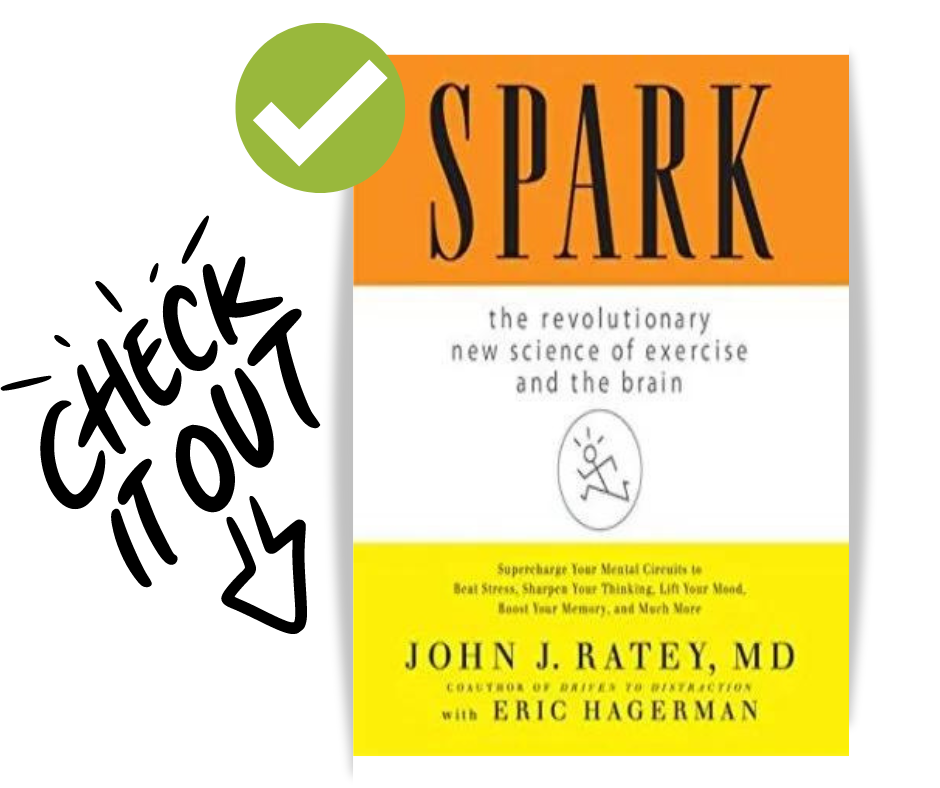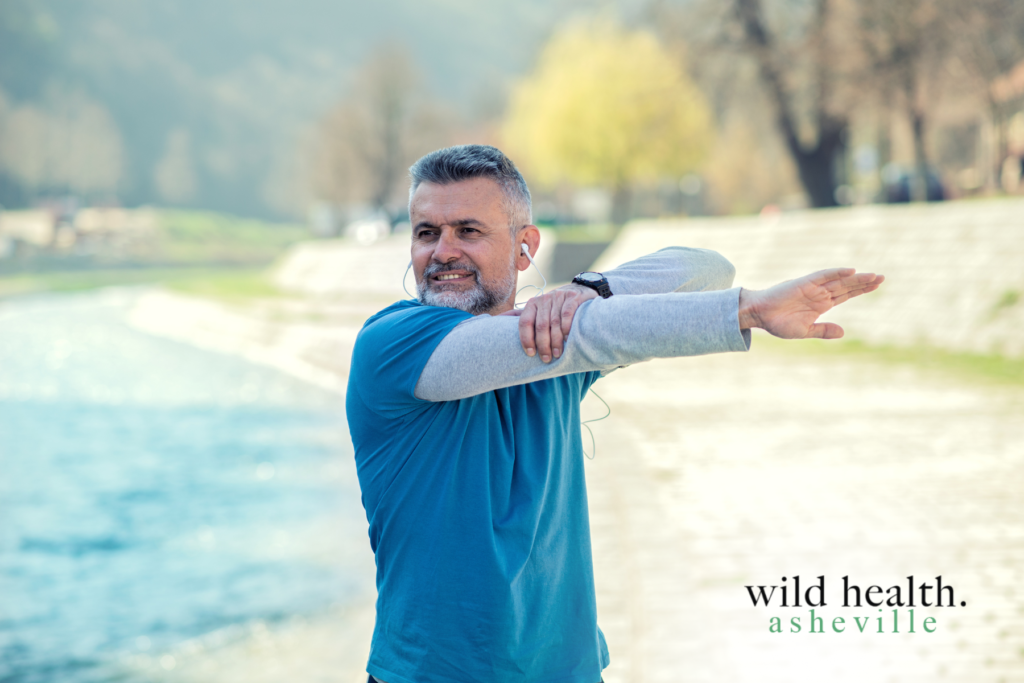Over the past few years, we have seen a dramatic uptick in anxiety among our patients. This is likely due to many factors: COVID, work stress, financial constraints, and increased social isolation. Although they can be incredibly effective for the right patient, medications like SSRIs are not perfect — they don’t work for all people and can come with side effects. Many prefer looking for solutions to their anxiety prior to starting medications.
To care for the brain, you must care for the body. This includes areas like good nutrition, spending time with family and friends, avoiding the barrage of negativity on social media and the news, finding moments of solitude and joy, and physical activity. In particular, multiple studies show that physical activity improves anxiety just as well as medications.

Today, I want to talk about how physical activity can improve your mood and help you feel in control of your mind.
What is going on in my head?
We know that anxiety originates from an imbalance of our nervous system, which creates an imbalance of chemical signals in the brain. Our nervous system is made up of two pathways:
- The sympathetic branch that helps us deal with stressful situations — think fight, flight, freeze
- The parasympathetic branch that helps us during periods of calm — this rest, digest
In a perfect world, we are primarily in the parasympathetic state and briefly use the sympathetic side to stay safe. Once the threat is resolved, we go back to our restful state.

But with anxiety, we are in chronic, sympathetic overdrive, high-alert for the next threat. This worked well when we were trying to flee from a lion, find shelter for the night, or recover from illness. But in our modern society, the threats are invisible, the stressors are not easily resolved, and we have increased suffering from chronic illness. Our brains remain on high alert, causing us to be emotionally reactive, easily distracted, have poor sleep, seek out unhealthy comfort foods, and decrease our desire to form intimate connections with others.
How exercise can help improve our mood:
1. Exercise mimics the alert/stress state and teaches the brain that anxious symptoms like racing heartbeat, shortness of breath, and other strange body sensations are normal and nothing to be feared.
2. Exercise provides a distraction from ruminating thoughts.
3. Exercise reduces muscle tension, which signals to the brain that the body is relaxed.
4. Exercise helps with the creation of important mood-stabilizing molecules like endorphins, serotonin, norepinephrine, and GABA.
5. Exercise helps you feel more in control of your body and brain.
How much should I do?
- Recognize that when you are anxious, you will not be motivated to exercise. Action leads to motivation.
- If you’re just starting out, just get outside and do anything! Start small, start easy, start with something you like to do. This can b e walking, jogging, biking, gardening, playing a sport, lifting weights. If it is too cold outside, turn the music up and dance in your home!
- If you suffer from panic attacks, you will want to do something that quickly gets your heart rate up. Some ideas include jumping jacks, going for a run or jogging in place, push-ups, jump rope, dancing to upbeat music.
- Invite a friend or join a group! This helps combat loneliness, gives you some accountability, and makes it more fun.
If you want to learn more:
Read Spark: The Revolutionary New Science of Exercise and the Brain. It covers how physical activity can help reduce stress, depression, anxiety, ADHD, addiction, and hormonal changes.
Thank you for nominating us for “Best Medical Facility” in MountainX Best Of Newspaper. If you’re happy with your care here and want to help our practice, we’d love it if you’d vote for us! Voting is from Monday August 29th through Friday September 16th! Here’s the link: https://www.votebestofavl.com









